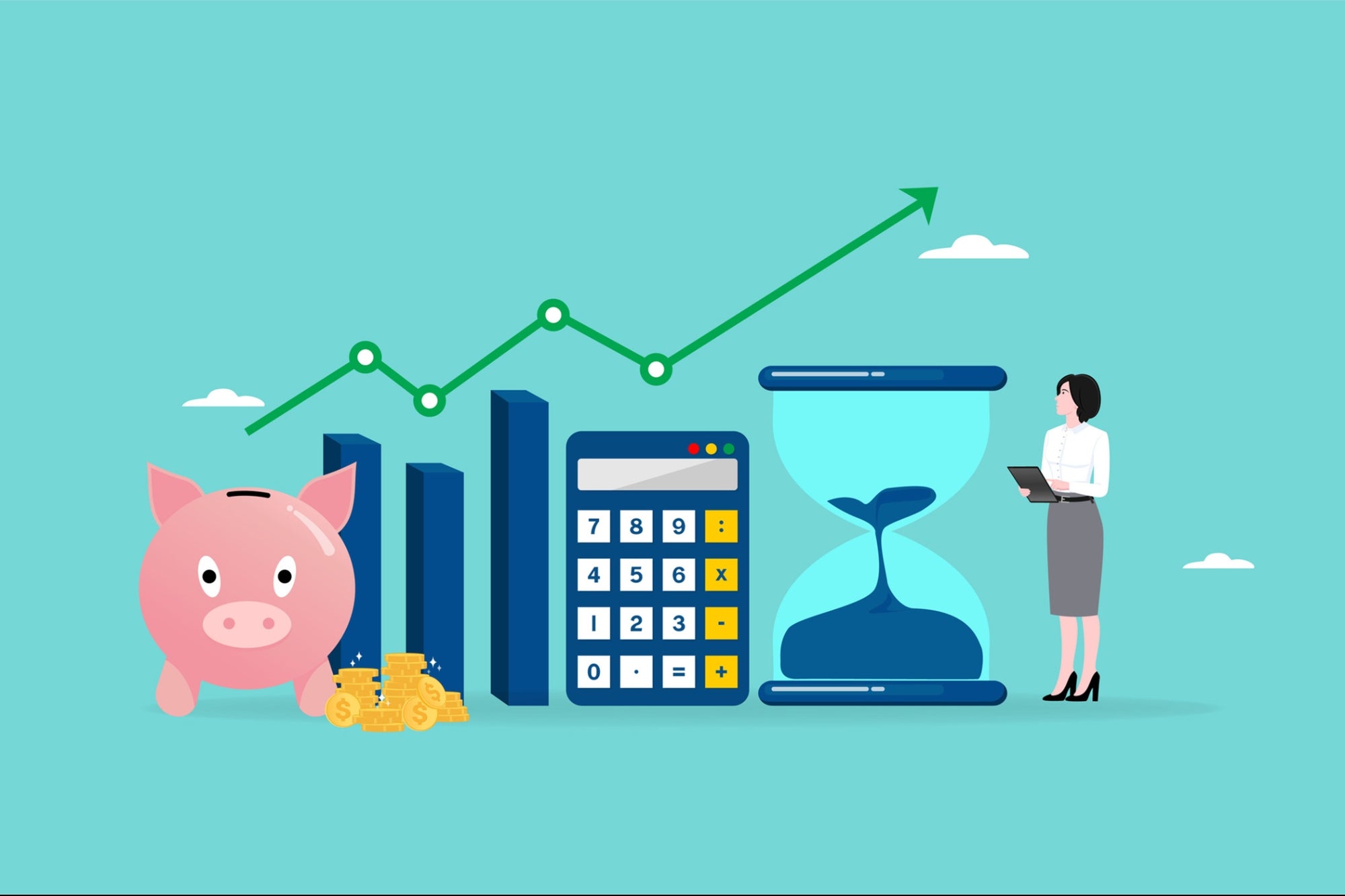Opinions expressed by Entrepreneur contributors are their own.
Algorithmic trading used to be something only Wall Street powerhouses could afford — complex systems, massive data and lightning-fast decisions were out of reach for most. Now, that’s changing. Smaller investors and startups can tap into the same fast-paced world, using tools that automate trades and react to markets in real time.
It’s like watching a high-speed chess match where the pieces move themselves, and you’re suddenly invited to play. But with all the excitement, is it really the right move for you or your business? Let’s dive in.
Related: Steps to Setting up Your Own Algorithmic Trading Desk
What is algorithmic trading?
Algorithmic trading is when you use computer programs to automatically or semi-automatically make trades. If you’re just using algorithms to do some math but still placing trades manually, that doesn’t really count as full-on algorithmic trading.
Initially, algorithmic trading was used to break up large orders and execute them in parts, since it is obvious that it is much easier to find a counteroffer for many small orders than for one large one. Later, it got additional meaning, and statistical data began to be included in the concept and used to simplify operations in various markets.
At the very beginning, this kind of trading was available only to large stock market players, but over time, the area of application expanded. Now, any trader can afford to trade automatic systems.
The perks
The upsides of algorithmic trading are speed, consistency and scalability. A good algorithm can scan thousands of markets and execute trades faster than any human ever could.
Software algorithms can automatically open and close trades. These robots follow pre-set rules to analyze market data and make decisions without needing the trader to step in. They don’t panic-sell. They don’t get greedy. They just do their job.
The downsides
You need serious infrastructure: low-latency servers, reliable data feeds and airtight execution. And when things go wrong (because they will), a tiny bug can mean a massive loss. Plus, it’s not just about writing code — you need to understand markets deeply to create strategies that don’t crumble in the real world.
Algorithm traders in search of perfection constantly refine existing systems and offer new ones. Such diversity creates difficulties for the average trader, as it becomes more difficult to choose the ideal program.
But that’s not the whole story. Algorithmic trading uses AI to make trading decisions based on predefined rules and real-time data. These systems can execute transactions within milliseconds, which is a significant advantage in the fast-moving financial markets.
Related: The Stock Market Doesn’t Care About You — You Need These 5 Things to Be a Successful Day Trader
Want to start an algorithmic trading business? Here’s the reality check.
Starting an algorithmic trading venture fine-tunes your risk management. The algorithms remove everything that sets stops and limits for you. But the truth I wish someone had told me earlier is: It’s tough. Not just intellectually, but financially, technically and emotionally as well.
First, the costs. You can’t just run an algo trading bot on your laptop and hope to compete with Wall Street. You’ll need fast servers, real-time market data (which isn’t cheap) and execution systems that can fire off trades in milliseconds without crashing. One missed trade because your system lagged? That could cost you a fortune.
Then there’s the competition. Big hedge funds and proprietary trading firms have million-dollar budgets, elite developers and access to infrastructure you can only dream of. They’re not just ahead — they’re playing a different game. And while you’re debugging your first strategy, they’re deploying AI-enhanced systems that evolve in real time.
Don’t forget the bugs. One small coding error or an overlooked exchange rule can drain your account before you even know what happened. The stakes are high, and the margin for error is razor-thin.
Oh, and the red tape? Expect strict regulations, compliance headaches and audits. Plus, finding and affording skilled quantitative analysts and developers is like trying to recruit for NASA on a startup budget.
Advice for entrepreneurs: Taking your first step
If you’re an investor, it’s worth considering strategies or funds that use algorithmic tools to optimize performance. If you’re a startup founder or entrepreneur, it might just be the next big opportunity — if you’re ready for the grind.
My advice? Start learning. Use cloud-based platforms like QuantConnect to build and test your algorithms before you spend a dime on your own servers. These tools let you simulate strategies across years of market data without the upfront cost.
Instead of battling giants in traditional markets, look for under-served niches — crypto, emerging markets or areas powered by alternative data (think weather patterns, shipping logs, social sentiment). These are less saturated and more forgiving to newcomers with smart ideas.
Don’t reinvent the wheel. Use open-source tools like Python and partner with broker APIs to handle trade execution. This saves you from building everything from scratch and lets you focus on refining your strategies.
Most importantly, manage risk like your business depends on it. Because it does. Set hard loss limits. Don’t overleverage. Build safety nets into every algorithm. One rogue trade can sink your startup before it sees its first round of funding.
And please, talk to a lawyer early. Financial regulations are no joke. Staying compliant isn’t optional — it’s your license to play the game.
Related: I Wasted So Much Money Making These 3 Mistakes As a Day Trader
Algorithmic trading is not just a trend — it’s the future of investing. For entrepreneurs and startups, it offers an opportunity to free up a lot of time to devote to other important matters of business growth. In addition, the traders will not have to worry about each transaction.
While there are challenges, like costs, technical risks and fierce competition, the rewards can be significant. By starting small, staying strategic and focusing on smart risk management, algorithmic trading can be the gateway to new business opportunities and financial success.
Algorithmic trading used to be something only Wall Street powerhouses could afford — complex systems, massive data and lightning-fast decisions were out of reach for most. Now, that’s changing. Smaller investors and startups can tap into the same fast-paced world, using tools that automate trades and react to markets in real time.
It’s like watching a high-speed chess match where the pieces move themselves, and you’re suddenly invited to play. But with all the excitement, is it really the right move for you or your business? Let’s dive in.
Related: Steps to Setting up Your Own Algorithmic Trading Desk
The rest of this article is locked.
Join Entrepreneur+ today for access.








